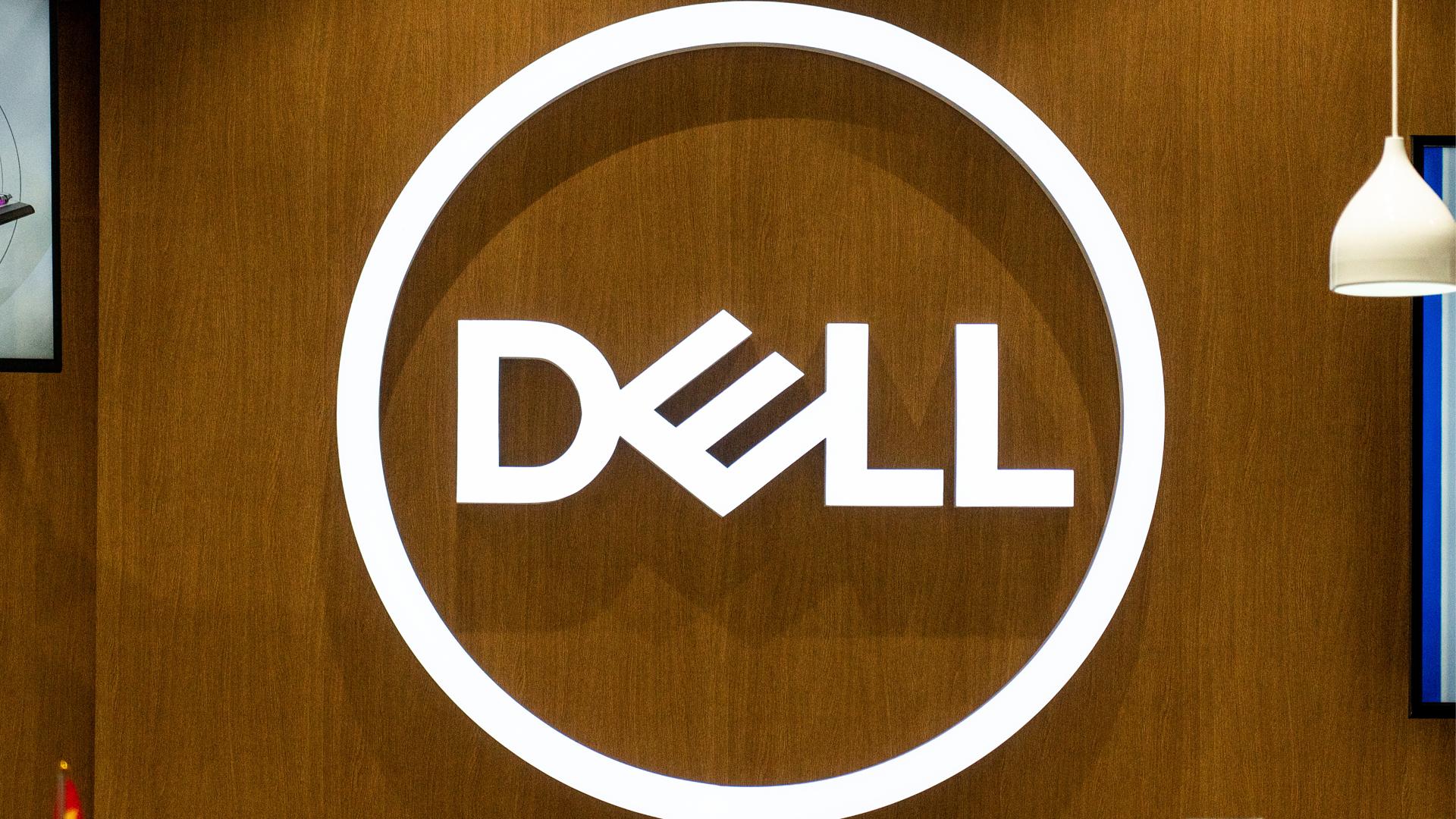VMware license changes could spark a wave of data center 'devirtualization'
The increased costs associated with Broadcom’s VMware acquisition is one of the key drivers behind this predicted shift


Businesses could start shifting their workloads back into physical servers due to increasing virtualization costs, Gartner has reported as part of its 2024 Hype Cycle for Data Center Infrastructure Technologies report.
Gartner defines this process as ‘devirtualization,’ the act of moving a workload or application from a “hypervisor-based virtualized host” to a physical host that’s formed of server hardware, operating systems, and management tools.
The initial move to devirtualization may be “triggered” by issues of cost, which are being driven by the movement from perpetual license to capacity consumption models, the consultancy firm stated.
The ongoing fallout from Broadcom’s acquisition of VMware can be blamed more specifically, with Gartner clients reporting “increased costs” with on-prem virtualization as a result of the move.
The report provided greater technical detail on the drivers of devirtualization, focusing first on the increasing prominence of new bundling, socket-to-core ratios, and consumption models which drive costs up by between two-and-three times.
Large virtualized workloads do not benefit from the same cost savings as smaller ones, the report added, meaning larger workloads could be ripe for devirtualization in certain cases.
Gartner clients also do not have access to alternate vendors with the same abilities in virtual machine (VM) migrations, or else they depend on cloud-based services rather than on-prem ones.
Sign up today and you will receive a free copy of our Future Focus 2025 report - the leading guidance on AI, cybersecurity and other IT challenges as per 700+ senior executives
The consultancy predicts that this burgeoning trend of devirtualization will increase business reliance on physical materials as organizations begin investing back into physical hardware.
“As workloads devirtualize and move to physical hardware, the portability functions need replacing in the bare metal physical world of devirtualization. This requires investment in high value and high cost replacement functions and buy-in from the business,” the report said.
Devirtualization is not a straightforward process
Gartner outlined a few of the obstacles businesses are likely to encounter when undertaking a process of devirtualization, such as the administrative impact of “signoff and renegotiation” with impacted business units.
There are also costs associated with switching that “offset” business exposure to the burden of virtualization contracts, meaning devirtualization might not be as attractive a move in certain situations.
Gartner recommends that businesses always look at the total cost of devirtualization projects, including resilience dependencies and availability for both planned and unplanned downtime.
The firm also noted the importance of managing the costs in replacing “live migration and host-based recovery” with physical alternatives, as well as managing the conversations with different departments impacted by devirtualization.
RELATED WHITEPAPER

Crucially, devirtualization could have a knock-on effect for business sustainability metrics. Mark Adams, co-founder at Inevidesk, told ITPro that carbon emissions could go up if organizations turn their attention back to physical servers.
“Reverting to purchasing more physical servers will be detrimental to the environment, as it leads to additional carbon emissions during the production of physical servers and increased consumption to run them individually,” Adams said.
“Organizations considering a return to using only bare metal must educate themselves about the other virtualization options available in the market,” he added.
Adams didn’t think this process of devirtualization would have a “significant” impact on the industry in the long-term, however. He said that the environmental and financial inefficiency of physical workloads will ultimately turn decision-makers off the process.

George Fitzmaurice is a former Staff Writer at ITPro and ChannelPro, with a particular interest in AI regulation, data legislation, and market development. After graduating from the University of Oxford with a degree in English Language and Literature, he undertook an internship at the New Statesman before starting at ITPro. Outside of the office, George is both an aspiring musician and an avid reader.
-
 Trump's AI executive order could leave US in a 'regulatory vacuum'
Trump's AI executive order could leave US in a 'regulatory vacuum'News Citing a "patchwork of 50 different regulatory regimes" and "ideological bias", President Trump wants rules to be set at a federal level
-
 TPUs: Google's home advantage
TPUs: Google's home advantageITPro Podcast How does TPU v7 stack up against Nvidia's latest chips – and can Google scale AI using only its own supply?
-
 VMware partners face more disruption with latest Broadcom changes
VMware partners face more disruption with latest Broadcom changesNews Broadcom’s latest VMware changes mean smaller partners could be pushed out
-
 Helping customers adopt a multi-cloud infrastructure and accelerate their modernization journey
Helping customers adopt a multi-cloud infrastructure and accelerate their modernization journeySponsored Content We outline what shifting to a subscription model means for your business
-
 There’s a ‘cloud reset’ underway, and VMware Cloud Foundation 9.0 is a chance for Broadcom to pounce on it
There’s a ‘cloud reset’ underway, and VMware Cloud Foundation 9.0 is a chance for Broadcom to pounce on itNews With new security features and cost management tools, Broadcom wants to capitalize on surging private cloud adoption rates
-
 Broadcom's 'harsh' VMware contracts are costing customers up to 1,500% more
Broadcom's 'harsh' VMware contracts are costing customers up to 1,500% moreNews An ECCO report says Broadcom hasn't solved customer complaints when it comes to licensing and contracts
-
 Broadcom records huge growth as CEO Hock Tan hails “successful integration” of VMware
Broadcom records huge growth as CEO Hock Tan hails “successful integration” of VMwareAnalysis The VMware acquisition is finally paying dividends for Broadcom
-
 Broadcom EMEA CTO claims the company has been able to solve most of its customer issues following VMware acquisition
Broadcom EMEA CTO claims the company has been able to solve most of its customer issues following VMware acquisitionNews Joe Baguley says the firm has been walking customers through license changes and explaining the value of VMware
-
 Cloud repatriation may be nipping at hyperscaler market share, but it’s a boon for VMware
Cloud repatriation may be nipping at hyperscaler market share, but it’s a boon for VMwareNews The firm’s private cloud offerings put it in a strong position to aid customers moving workloads out of the public cloud – but repatriation can’t be the only conversation
-
 VMware Explore 2024 live: All the news and updates as they happen
VMware Explore 2024 live: All the news and updates as they happenLive Blog ITPro is live on the ground in Barcelona for VMware Explore 2024 – keep tabs on all the news, updates, and announcements in our rolling coverage